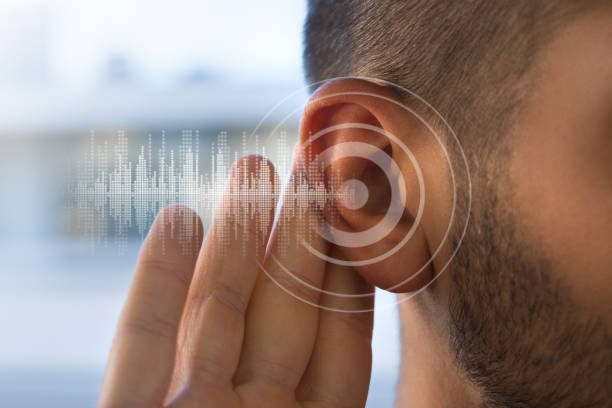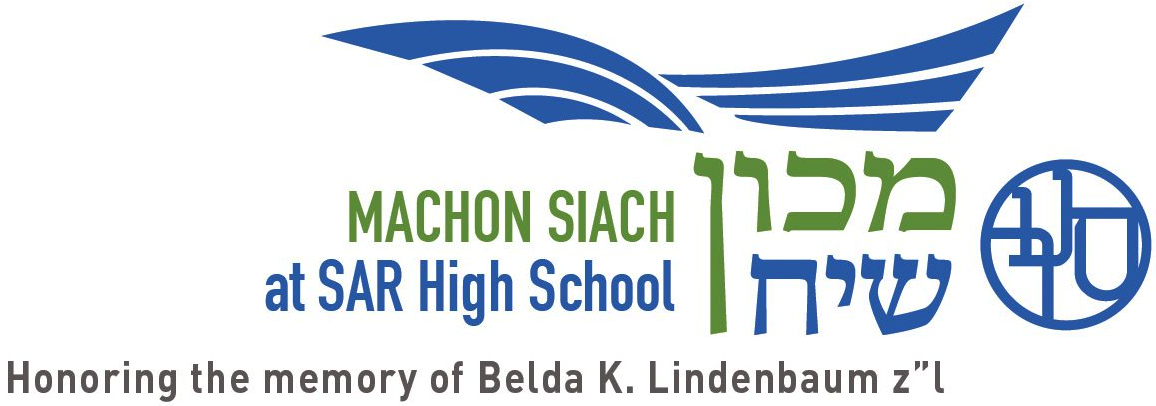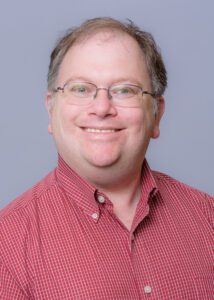
Assistive Technology in Education
SAR High School, like most schools, serves a diverse population in terms of educational needs. Some of those needs fall into the realm of familiar learning disabilities, such as dyslexia. Others are less common, such as deafness and blindness. How can one institution, even one classroom, address all of these learning needs? There are many categories of tools available to teachers, and one of them is called Assistive Technology, which includes secondary devices that enable students to access classroom materials in the way that is ideal for their disabilities.
These tools hit close to home because I am hard of hearing, as are my children. Assistive technologies ensure as smooth an educational experience as possible for the affected student with minimal disruption for those who do not otherwise need the accommodations. These technologies, which are relatively common today, were a rarity in the 80s and 90s when I was in school. But even today, hearing aids only have an effective range of 3-6 feet; outside of that range, voices quickly become difficult to understand. In some cases, people sound like the adults in Charlie Brown cartoons.
Those of us in the field of educational technology closely observe the new technologies constantly emerging that aim to improve the learning experience for students with varied needs. For deaf and hard-of-hearing students, these might take the form of a microphone that the teacher wears around their neck and that transmits their voice directly to the student’s hearing aids via Bluetooth or similar technology, or to closed captioning on a video. The microphone ensures that the student has every opportunity to correctly understand the speaker’s voice, thus negating the range limitations of the hearing aid’s microphones. The ability to clearly hear a teacher’s instruction or a classmate’s ideas can make the difference for a hard-of-hearing student between being lost and being an active participant in the class.
In addition, assistive technologies enable students to work with their peers in a mainstream classroom. In group work or chevruta, the deaf student’s partner can wear the microphone, ensuring that he or she is fully understood, thus enabling all students to learn and giving the normative students experience in how to make adjustments for others.
For the blind, there are special printers that turn text into braille and emboss the braille markings onto a page for the student to read. There is also a printer that uses special paper and a heat gun to turn a chart or graph into a 3D rendering. Like the tools for the deaf, these technologies allow students with a range of needs to participate fully in the day school classroom by making educational materials tactile, mitigating the blind student’s visual limitations.
These tools are part of a larger movement in certain segments of the educational world called Universal Design for Learning, or UDL. The underlying idea of UDL is that the teacher may adapt a material for a student who has a demonstrated need for it, but the adaptation also benefits others who don’t outwardly exhibit that same need. Take closed captioning, for example. The deaf or hard-of-hearing student may require closed captioning to absorb the material presented, but the captions also benefit the visual learner who is not deaf but learns better when they see something in addition to hearing it. Similarly, the audio descriptions that help a blind student follow the visual actions of a film may help sighted students better understand the film as well.
Our ultimate goal as educators is to recognize the unique needs and potential of each individual; in fact, this line is central to SAR’s mission statement. Using assistive technology bridges the gap between the student with special needs and normative students. The addition of assistive technology can and does make the difference between a student who may be labeled and defined by their difference and a student who can tap into the entirety of their potential and be the best learner, and best person, they can be.
Transitioning to high school is challenging for students even in the best of circumstances, and schools’ perceptions of disabilities can make these challenges seem insurmountable. Assistive technology adjusts the scales so that every student has the same opportunities to succeed both academically and socially. Schools that are open to using these technologies begin to recognize the ways that every student can and should meaningfully contribute to our schools and to our communities.
Having grown up with a disability, and knowing how othering and isolating it can be, I am particularly sensitive to these classroom needs, and I use my role as a high school technology specialist to find ways to mitigate these problems with a goal of greater student inclusion in the classroom. Students take their cues from their teachers, who can make the choice to treat the differently-abled student the same as a normative student, aside from modifications like those mentioned earlier, and their classmates will follow suit.
We’ve seen great success with this approach at SAR; students with disabilities want to be treated just like their classmates, and when that happens, not only is everyone able to learn together, but all students become aware that these differences are not as great or unconquerable as they may seem on the surface. And perhaps these students enable someone who seems normative to admit to a challenge of their own, working with their teachers to figure out how to become the best learner they can be as well.
Finally, creating a diverse classroom environment allows all of our students to see people who are different from themselves and learn how to navigate a world with differently-abled people, ideally with a sense of humility and openness. When they do so, they begin to recognize that differences do not define us but are merely one unique characteristic in a whole, valued, and valuable person who, like every human being, was created b’tzelem Elokim.



